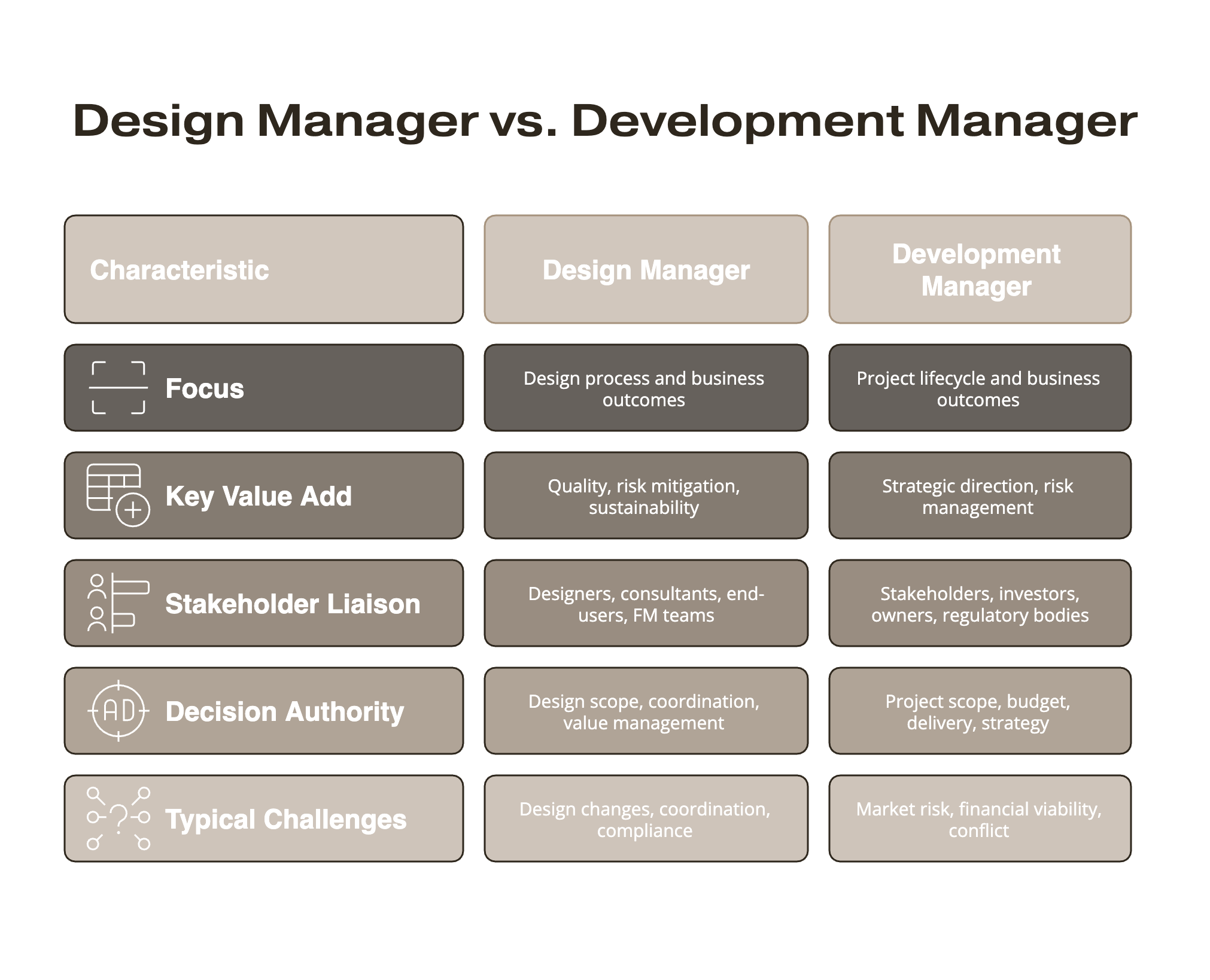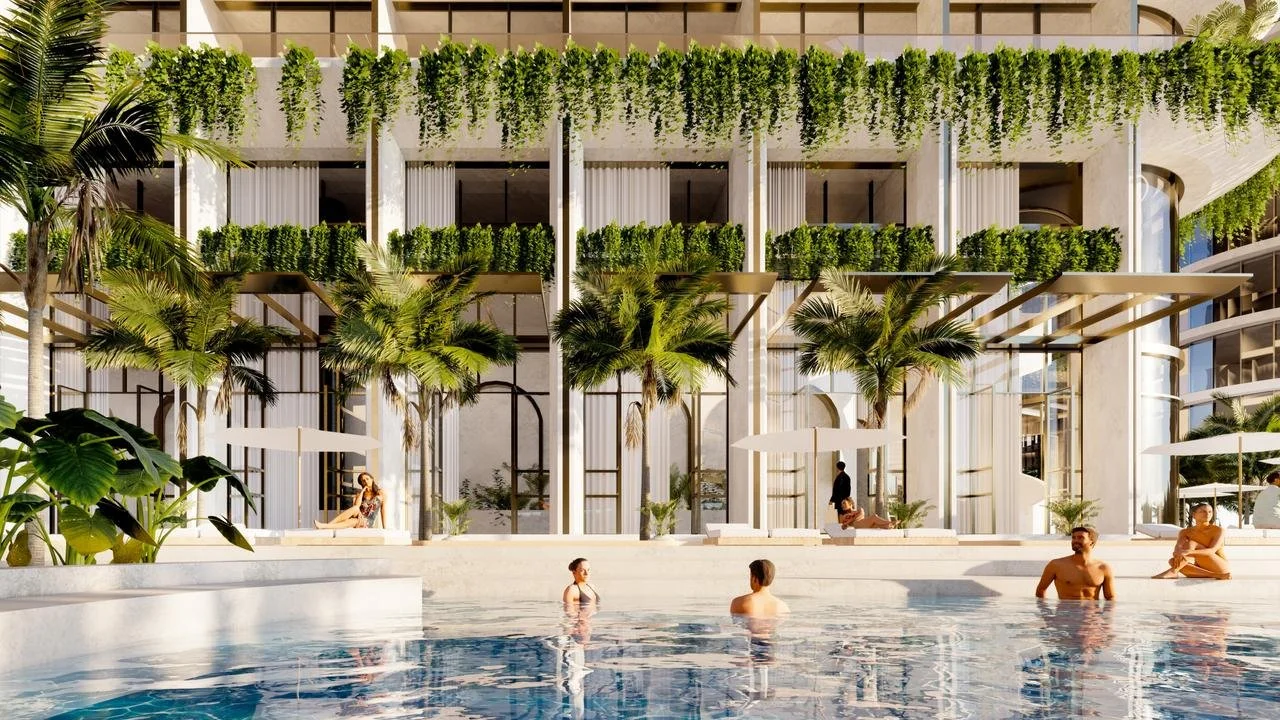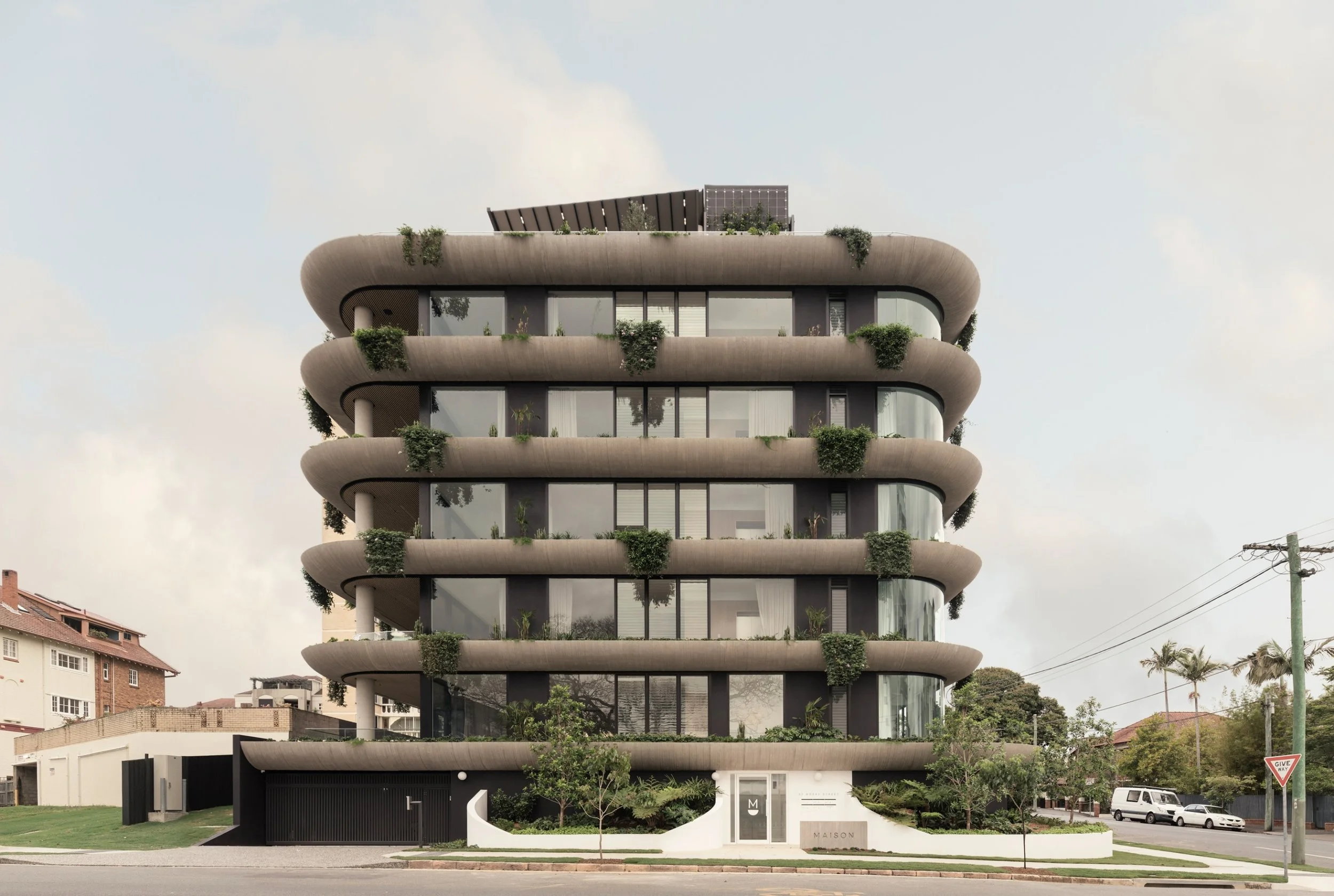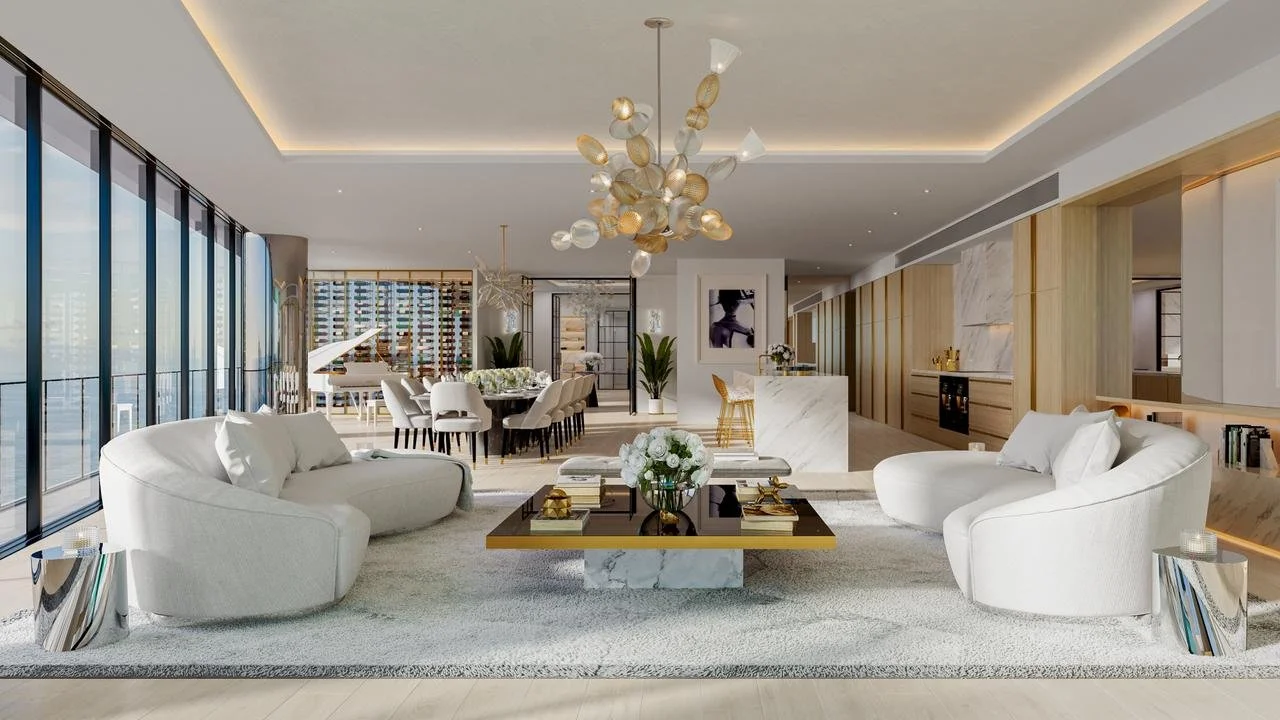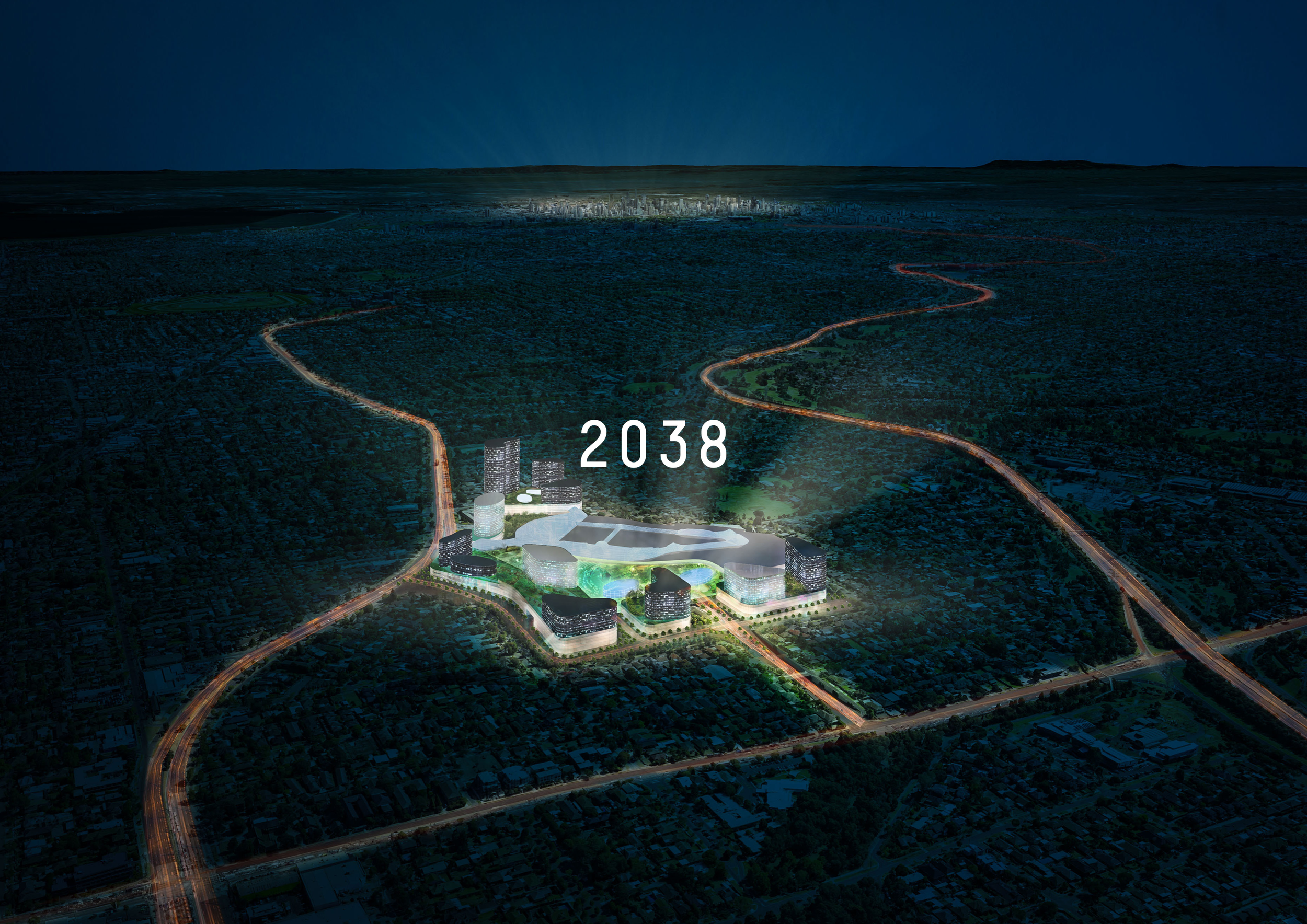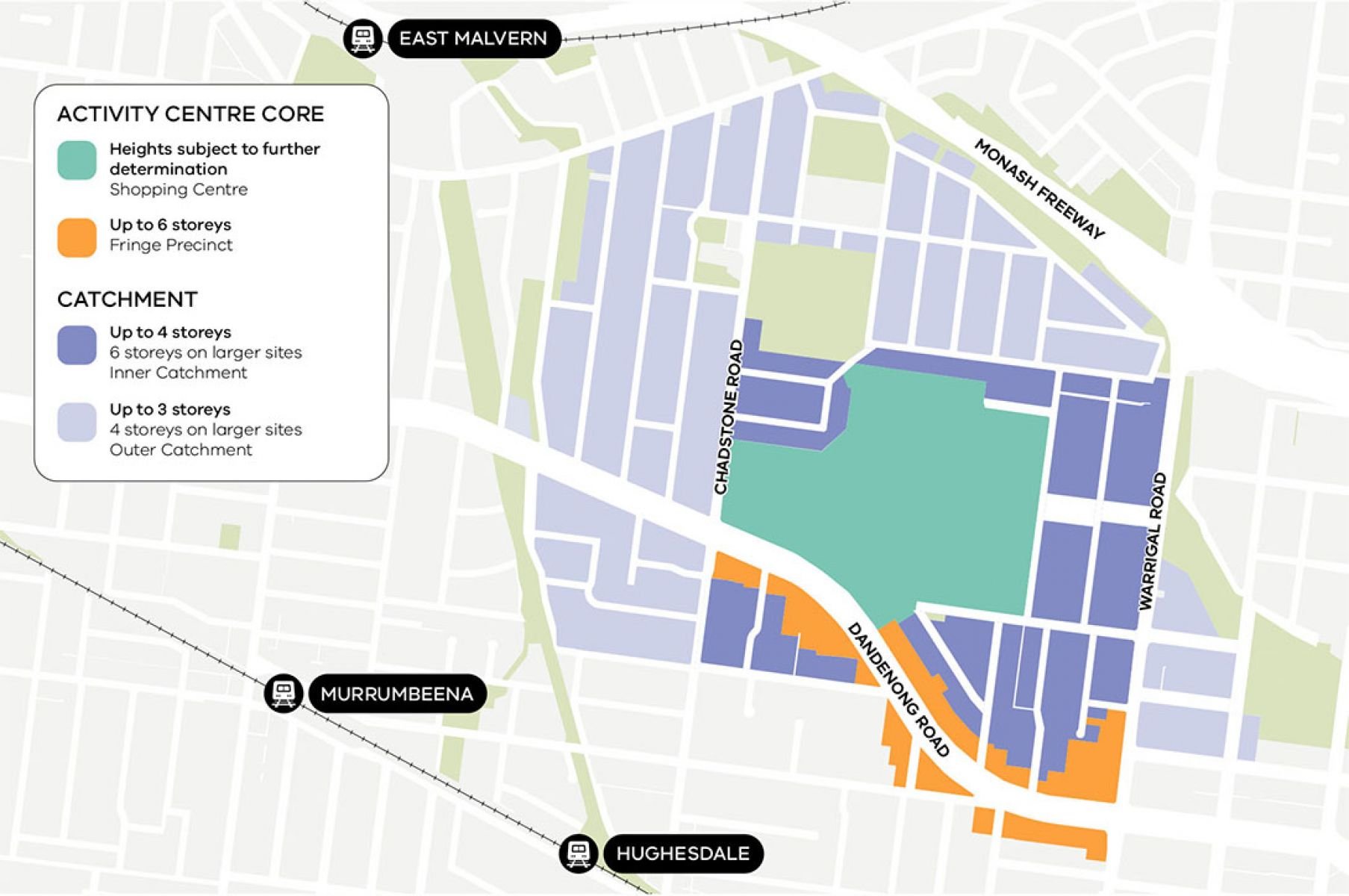Not Just Pretty Pictures: Why Design Managers Are the Strategic Asset Australian Developers Need
Part 1: The Crisis Australia Refuses to See
By Shannon Cloete
Design & Development Director | www.shannoncloete.com
"I was recently asked at a networking event: ‘What do you do for work?"
"Oh, I’m an architect by training, but I work in Property Development, and I’m a Design and Development Director,” I replied.
The inevitable follow-up: "Oh, interesting, but what does a design manager actually do?"
What started as a simple answer quickly became a complex explanation. It suddenly dawned on me why this conversation felt so familiar and so challenging.
Having worked for years in the UK, where I decided to become a Design and Development manager early in my architecture career, the role was easy to explain. Design Management is recognised and established in the UK, Asia Pacific, and abroad. But in Australia? The role is still in its infancy, creating both challenges and incredible opportunities, particularly as I explore my next senior executive opportunity.
More importantly, it's creating a massive blind spot that is costing our industry billions.
The Crisis Australia Refuses to Acknowledge
Here's an uncomfortable truth: While UK and Singapore developers solved their cost overrun crisis 10 years ago, Australian developers are still accepting 28% overruns as "just the cost of doing business."
This isn't just inefficiency; it's a competitive disaster waiting to unfold.
The stark reality:
Australian construction projects waste billions annually through design-development disconnects
We're operating 5-10 years behind international best practice
Our industry has normalised catastrophic cost management
Early adopters are about to gain massive competitive advantages
Yet most developers are still clinging to the traditional model: design first, development later. That approach isn't just outdated—it's financially reckless.
Why Smart Developers See This as Insurance, Not Overhead
Here's what the Australian market hasn't grasped yet: Design Managers aren't a luxury expense, they're business insurance against catastrophic cost blowouts.
Think about it: We universally accept Project Managers as essential (they became standard in the 80s). Quality Managers are non-negotiable (standardized in the 90s). Safety Managers are legally required. Yet somehow, managing the integration between design and development the source of our biggest cost overruns, is still seen as "optional."
This perception gap is creating unprecedented opportunities for early adopters.
Let me be clear about what we actually do: we're not traditional coordinators shuffling drawing sets or producing CAD plans. We're strategic integrators who speak fluent design, understand feasibility, financial modelling, and anticipate buildability challenges; identifying and resolving conflicts before they become expensive problems.
“Design Managers now play a critical role in achieving desired design outcomes within feasibility and construction constraints.” ”
From Coordinator to Strategic Game-Changer
The role has evolved dramatically. Modern Design Managers, beyond an architect just of a practise; should operate at the critical nexus of executive decision-making, offering:
Feasibility modelling and value engineering
Consultant briefing and scope management
Risk, and Programming input and delivery management
Planning overlay navigation and approval strategy
Stakeholder alignment and expectation management
Risk identification and mitigation planning
More senior Development & Design Directors like myself take this further, operating in high-value positions to lead:
Acquisitions and asset enhancement opportunities
Joint venture partnerships for value creation
Executive team reporting and capital planning
Strategic vision development

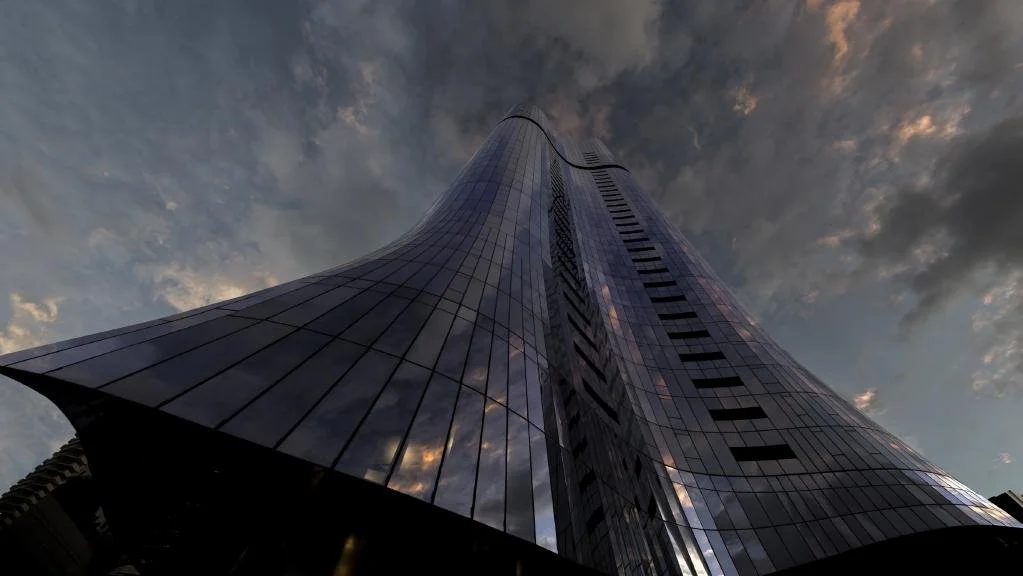





The Hybrid Advantage That Changes Everything
Here's what separates the highest-value professionals: we possess builder-side AND client-side experience. This hybrid background is our secret weapon, enabling us to understand:
Cost planning, procurement strategy, and value engineering
Construction sequencing, staging, and delivery logistics
Planning risk assessment and development application navigation
Commercial returns, capital allocation, and investment metrics
Market positioning and end-user value creation
“Design Managers with construction and development experience can foresee issues across disciplines before they become problems, saving projects significant time and cost.”
The Numbers That Should Terrify Every Developer
"The ROI Reality Check"
The financial impact isnt just significant its catastrophic.
The cost of ignoring integrated design management:
Projects without strategic design integration experience have 27% higher cost overruns
Design-related rework accounts for 15-20% of total project costs
Late-stage design changes increase project timelines by 15-25%
A single preventable cost overrun often exceeds 10+ years of Design Manager salaries
But here's what forward-thinking developers are achieving:
15-25% reduction in cost overruns
20-30% faster delivery timelines
Improved consultant coordination and stakeholder satisfaction
Enhanced end-user value and market positioning
“Let’s put this into perspective: A $180,000 - $450,000 Design Manager who prevents just one 15% cost overrun on a $10 million project has paid for themselves for the next 10 years. Most prevent multiple overruns annually.”
The question becomes: Can you afford NOT to have this expertise when your competitors are already reaping these benefits?
The Market Reality: Australia's Awakening
The employment data reveal an industry in transition:
Over 130 Construction Design Manager positions have been advertised in Australia in the past few months
Average salaries ranging $180,000 - $450,000+ reflecting genuine recognition of strategic value
Rapidly increasing requirements for dual design and development skills
International firms entering the Australian market are demanding this expertise
The early adopters are already moving. Leading developers, such as Graya, Sunland Group, Abedian Co., and Gurner Group, have built strong internal design teams. They act as key enablers to their success, offering nimble value-add acquisition through quick modelling and collaborative delivery for outstanding market products.
Meanwhile, traditional developers are still wondering why their projects consistently blow out by 25-30%.
Images: Source, Gurner Group, Graya Developments
Real Projects, Real Results
See more of my projects
Chadstone Masterplan — Vicinity Centres & Gandel Group
The Challenge: Maximise development potential, and increase asset value to secure Chadstone’s position as a leading destination, across its complex mixed-use precinct while maintaining retail operations.
My Strategic Role: Led feasibility-driven planning integration, delivering:
Strategic site utilisation maximising development yield
Capital-aligned planning envelopes supporting staged delivery
Scalable design solutions accommodating future market evolution
Seamless integration with existing retail operations
The Outcome: Successful masterplan approval enabling a multi-billion-dollar development program across Australia's largest shopping centre precinct. This strategic planning framework unlocked previously constrained development potential, creating significant asset value enhancement for Vicinity Centres & Gandel Group while establishing the roadmap for staged delivery of priority mixed-use developments.
What could it be?
For more see the Activity Centre Plan
The Star Gold Coast — Value Creation Through Smart Integration
The Challenge: Unlock development potential on Casino Island with minimal upfront consultant investment while maintaining JV partnership alignment.
The Approach: Internal design management combined with strategic consultant engagement:
Lean feasibility modelling partnership with Urbis
Strategic design leadership without excessive early-stage investment
Risk-managed approval pathway aligned with commercial expectations
The result: We secured a successful board approval for the full capital expenditure on a proven project, enabling the construction of a viable five-tower development on a mixed-use podium. This achievement contributed to an increase in market capitalisation, adding approximately $2 billion to the asset's valuation.
Breaking Down the Myths
❌ Myth: Design Managers are just an expensive luxury for premium projects
✓ Reality: We're risk mitigation specialists who typically save 5-15x our salary annually through prevented cost overruns
❌ Myth: "We've always managed without them, why start now?"
✓ Reality: UK and Singapore developers said the same thing 10 years ago; before they learned this lesson the expensive way
❌ Myth: They represent additional overhead cost
✓ Reality: The cost of NOT having this expertise is exponentially higher than the investment
❌ Myth: Their value is primarily in the delivery phases
✓ Reality: Highest leverage occurs during early-stage strategy and feasibility phases, where mistakes are cheapest to fix
❌ Myth: Any experienced professional Architect or Development Manager can fulfil this role
✓ Reality: Requires specific hybrid expertise combining design, construction, and commercial experience within Client side owned assets and Tier 1 - 3 Construction; a rare and valuable combination
The Competitive Advantage Window Is Closing
In Australia's increasingly complex development environment, Design Managers with integrated expertise aren't just becoming standard practice, they're becoming the minimum viable competency for serious developers.
We mitigate delivery risk through early intervention. We drive stakeholder cohesion through clear communication. We protect design vision while maintaining commercial viability.
The uncomfortable truth: This isn't a question of WHETHER integrated design management becomes industry standard in Australia; it's a question of whether you'll be ahead of the curve or learning this lesson the expensive way when your competitors are already reaping the benefits.
Consider this: Every month you operate without this strategic capability, your competitors with integrated design management are:
Winning bids with more competitive feasibility models
Delivering projects faster and more profitably
Building stronger relationships with investors and partners
Positioning themselves for the next market cycle
The early adopter advantage is real, but it won't last forever.
In an industry where 28% cost overruns are still accepted as normal, the professional who can prevent these overruns while enhancing design outcomes doesn't just represent value—they represent survival.
What's Next: The Deep Dive
This crisis of disconnected design and development is just the beginning of the story, but there are great solutions available. I'll explore this further in Part 2, where I'll break down exactly how strategic Design Managers operate, with detailed methodologies and granular case studies illustrating the week-by-week impact on real projects.
Part 3 will provide a practical implementation guide on how to gain better value in design management, hiring and structures, that can measure success when you're ready to gain this competitive advantage.
The question isn't whether you need this capability; it's whether you can afford to wait while your competitors gain an advantage.
Let's Connect
Ready to Transform Your Next Project?
🌐 www.shannoncloete.com
📧 shannon@shannoncloete.com
📍 Melbourne | Sydney | Gold Coast | Brisbane
If you're navigating the complexities of modern development and want your design strategy to deliver measurable commercial returns alongside creative excellence, I'd welcome the opportunity to discuss how integrated design management can transform your project outcomes.
Shannon brings over 20 years of experience bridging design excellence and commercial success across Australia's most complex development projects. With expertise spanning feasibility modelling, planning strategy, and delivery management, Shannon has delivered over $2 billion in successful project outcomes for leading developers including Vicinity Centres, Gandel Group, and The Star Entertainment Group.



